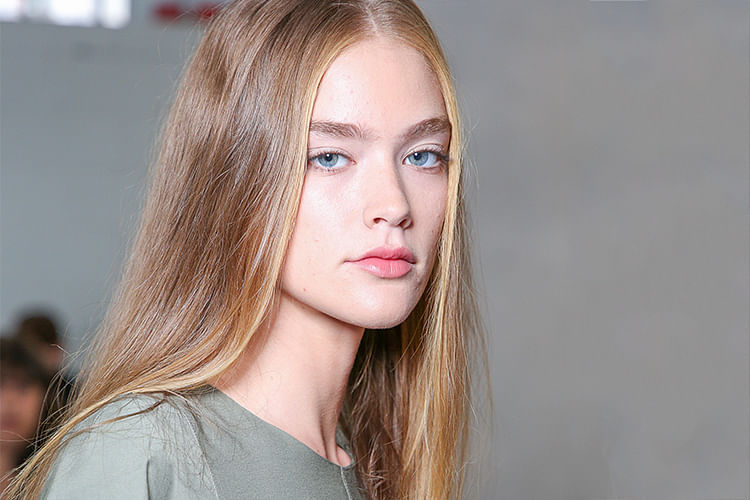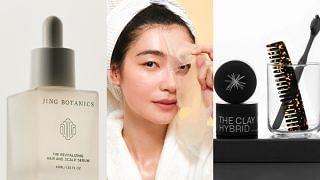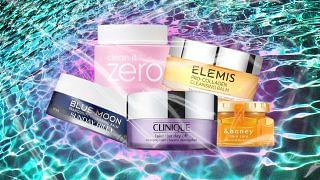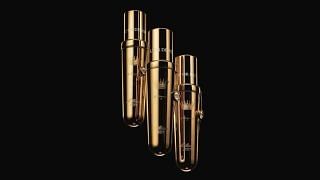Whenever a new year rolls around, there’s always a sense of anticipation and excitement that we’re given a chance to start over and do things right this time (new hairdo, anyone?). The same can be said when it comes to home organisation, the maintenance of our personal relationships as well as how well we take care of ourselves. In fact, interest in non-invasive aesthetic treatments has been on a steady increase for the past couple of years, and women (and men) are more open about “having work done” on their faces and bodies in order to look better. On top of that, as our world becomes increasingly fast-paced, the demand for maximum results with minimum down time is also becoming one of the top concerns among those who seek out non-invasive aesthetic treatments.
So whether you’re well-versed with aesthetic treatments or starting to consider them, we picked the brain of Dr Douglas Wu, a double board-certified dermatologist in both Canada and the USA, for the key trends in aesthetics you need to know about in 2019:
#1: Pre-juvenation
Yes, you read that right. Instead of turning to aesthetic treatments only when there’s a need to correct more advanced signs of ageing, more and more patients are seeking out these high-performance therapies to enhance and prolong their youth. According to Dr Wu, people are leaning towards the “concept of maintenance or prevention to stave off these symptoms of ageing for as long as you can”. This means that the patients of aesthetic treatments are becoming younger, and starting to consider aesthetic treatments as preventative measures from their early 30s or even late 20s.
#2: Wider Use Of Rejuvenating Technology
While there’s no shortage of rejuvenation treatments that help tighten and firm sagging skin on the face, body-focused treatments are relatively lacking in options. According to Dr Wu, there will be more non-invasive body tightening procedures available to the market as more rejuvenation treatments that are currently designed for the face and neck, are adapted for use on the body, which will then balance out the options available for face and body.
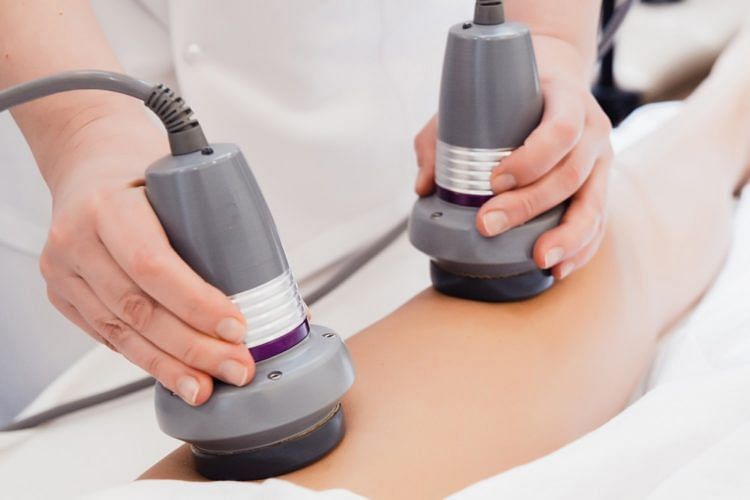
Read more on the next page.
#3: Stem Cell Application
In a medical point of view, stem cells are cells that are able to differentiate into any type of cells. Simply put, they are blank slates which can be “taught” what to become. This explains why stem cell research has be focused on harnessing stem cells (often obtained from bone marrow transplants or via umbilical cord blood) and applying them in cardiovascular tissue regeneration and treatments for neurodegenerative diseases like Alzheimer’s and Parkinson’s.
As far as the skincare industry is concerned, the term “stem cells” is frequently thrown about and is often misunderstood by consumers, warns Dr Wu. Even though many topical skincare products claim to contain stem cells derived from plants, they don’t work in the way stem cells are supposed to. For starters, plant stem cells are not likely to be compatible with human skin cells, so these plant stem cells are unable to do much more than provide skin with some vitamins and nutrients, which explains why there’s a need for better education to consumers on the use of stem cells in skin care. And while there are no true stem cell therapy for skin rejuvenation yet, there are some advancements as a result of the application of stem cell technology.
For example, CALECIM® Professional goes beyond feeding skin with ingredients it has little use for. Owned by CellResearch Corporation, a biotechnology company which discovered the presence of stem cells in the umbilical cord lining, CALECIM® Professional is the direct result of the application of its parent company’s extensive stem cell knowledge. Using the company’s patented source of stem cells from the umbilical cord lining, CALECIM® Professional has successfully derived the unique Rejuvenating Conditioned Media, a powerful mix of proteins, growth factors and other active components. When skin cells are bathed in the Rejuvenating Conditioned Media, it is clinically proven to accelerate cellular rejuvenation, making it excellent as a post-procedure skincare or as a regular anti-ageing routine.
#4: Growing Interest Among Men
In the past, there were way more female aesthetic patients compared to males. Moreover, men tended to get treatment to be competitive by maintaining their image whereas women were primarily concerned with their youth. But as the world changes, men and women both contribute to the workforce and as a result, their reasons for getting aesthetic procedures are becoming more aligned. Not only does this mean that more women are concerned with staying competitive with their younger counterparts, it also implies that more men are becoming interested in aesthetic treatments to maintain their youth. Plus, men and women are both asking for maximum results with minimal downtime, which brings us to the next point.
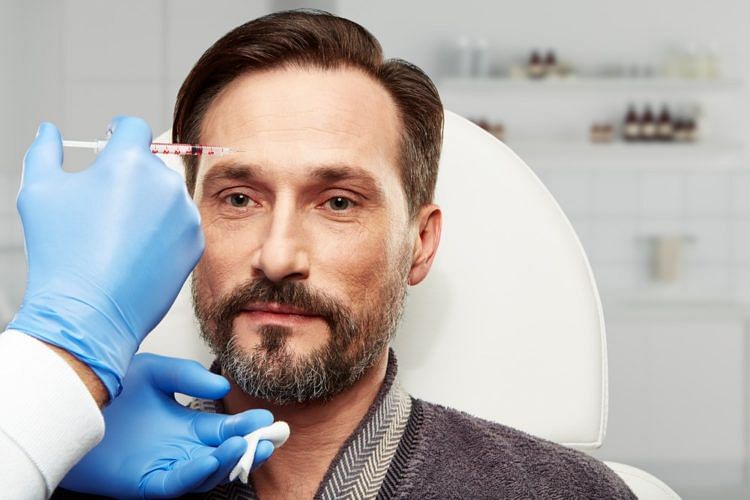
#5: Multi-Modal Treatments
A few years ago, prospective patients might see a doctor and sign up for treatment packages of singular technology one at a time. For example, they might do a series of radiofrequency sessions to improve skin elasticity before undergoing a few laser resurfacing sessions for better skin texture. Fast forward to present day and that is no longer what patients want. Instead, it’s all about your doctor’s experience and expertise in these aesthetic treatments so that they can recommend different procedures in varying combinations for a synergistic effect, depending on each patient’s skin condition and expectations. This explains why more aesthetic doctors and dermatologists will be introducing treatment courses that feature unique combinations of aesthetic technology to address all of your pressing skin concerns. For example, according to Dr Lam Bee Lan, Medical Director of Ageless Medical and Ageless Medi-Aesthetics, she frequently recommends a tailor-made combination of lasers, HIFU (High Intensity Focused Ultrasound), Botulinum toxins and threadlifts to give her patients optimal results.



